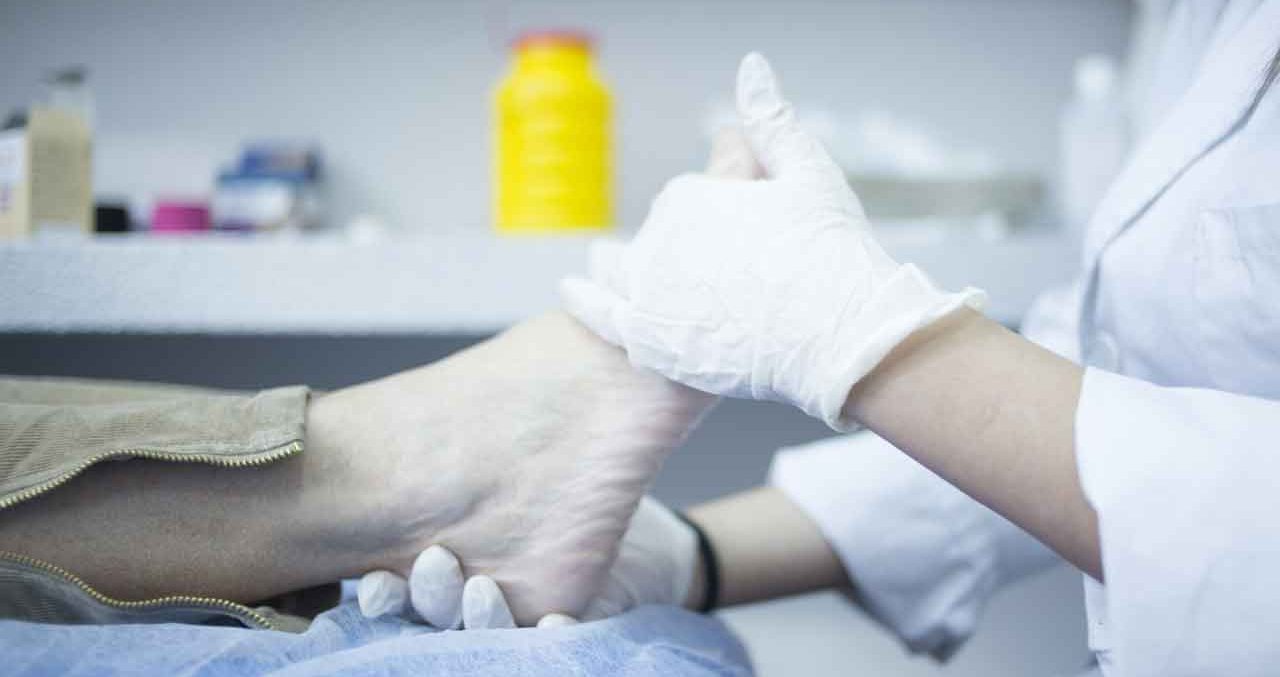What Is Hammer Toe?

When your toes curl downward or bend uncontrollably, you may have a correctable condition called hammer toe. You can fix this problem with or without surgery. Here’s what you should know.
When your toes curl downward or bend uncontrollably, you may have a correctable condition called hammer toe.
It is usually a deformity of the middle joint of the second, third, or fourth toe and (can also affect your fifth toe). Normally, hammer toes are flexible and early treatment can correct them, but the problem may require surgery if it lingers. The condition, however, is not dangerous and doesn’t need treatment if you don’t experience symptoms of pain or rubbing.
The cause of hammer toe is usually shoes that don’t fit properly or a muscle imbalance. Muscles work in pairs to straighten and bend your toes. If a toe is bent and held in one position long enough, it can't stretch out.
Shoes that narrow toward your toe may make your forefoot look smaller, but they also push your smaller toes into a bent position, according to the American Orthopaedic Foot and Ankle Society. High heels force your feet downward and squish your toes against your shoes, increasing the pressure and the bend in your toes. Eventually, muscles become unable to straighten your toe.
Preventive treatment involves a functional orthotic, a special shoe insert your podiatrist can prescribe. The inserts correct many foot problems caused by an abnormally functioning foot.
Treatment of symptomatic hammer toe consists of open toed shoes or hammer toe pads. You can also use over-the-counter corn removers for temporarily removing the painful calluses that sometimes accompany hammer toe. But, since they contain a mild acid, you should use them with caution.
Curative treatment of hammertoe can involve simple surgery, such as the release of a tendon. You will lose the ability to bend your toe, however, because the tendon is cut or your joint is fused. Recovery from the surgery is fairly quick.
The surgical correction of a rigid hammer toe is more complicated. It involves removing the skin where the corn is located and a small section of bone at the level of the rigid joint. Recovery takes longer, with sutures remaining in place for about 10 days. It’s important to stay off your foot as much as possible during this time.
You may be able to relieve your symptoms with home treatment. Your options include:
- Applying a commercial, non-medicated hammer toe pad to decrease pressure
- Wearing a shoe with a deep toe box
- Applying ice packs several times a day to reduce swelling
- Avoiding heels more than two inches tall
While home treatments will make your hammer toe feel better, they won’t cure the condition. You’ll need to see a podiatrist to repair the problem.
“Although hammertoes are readily apparent, to arrive at a diagnosis the foot and ankle surgeon will obtain a thorough history of your symptoms and examine your foot,” says podiatrist Evelyn Cavalier, MD, of New York City. “During the physical examination, the doctor may attempt to reproduce your symptoms by manipulating your foot and will study the contractures of the toes.”
Sometimes, some kind of trauma causes hammer toe, such as a previously broken toe. In some people, hammertoes are inherited.
Updated:
July 11, 2023
Reviewed By:
Christopher Nystuen, MD, MBA